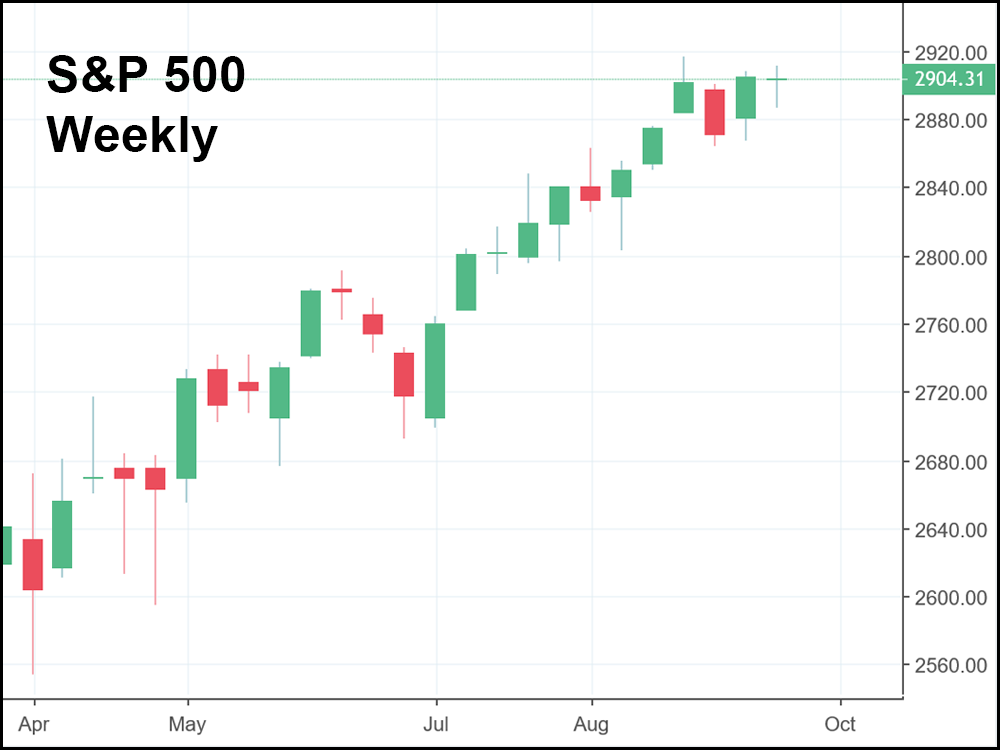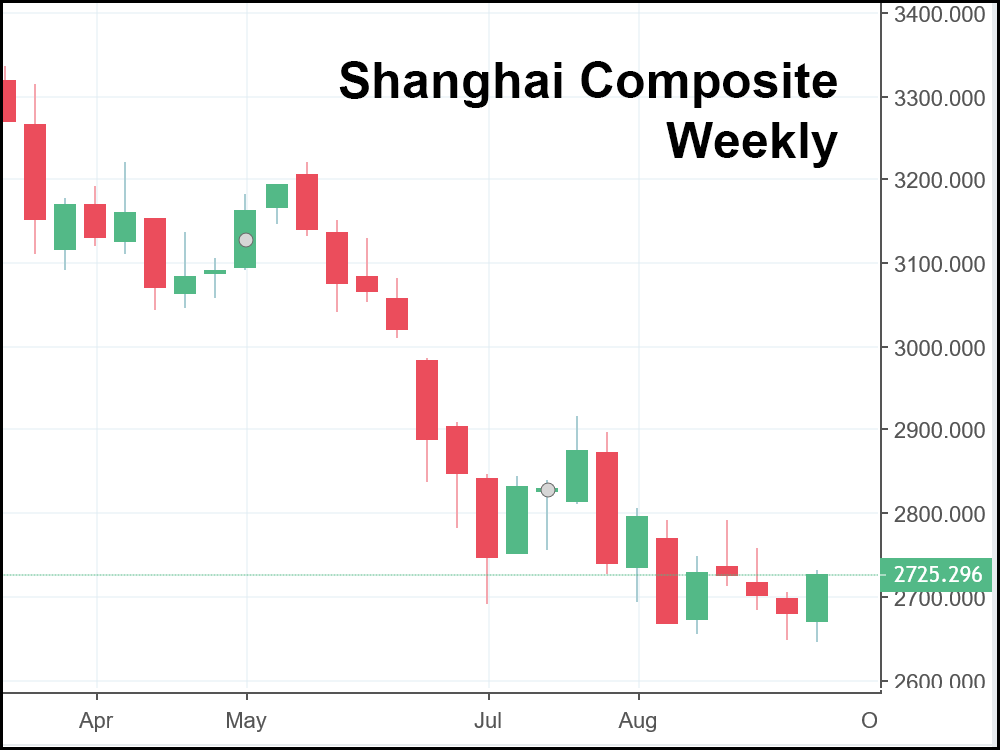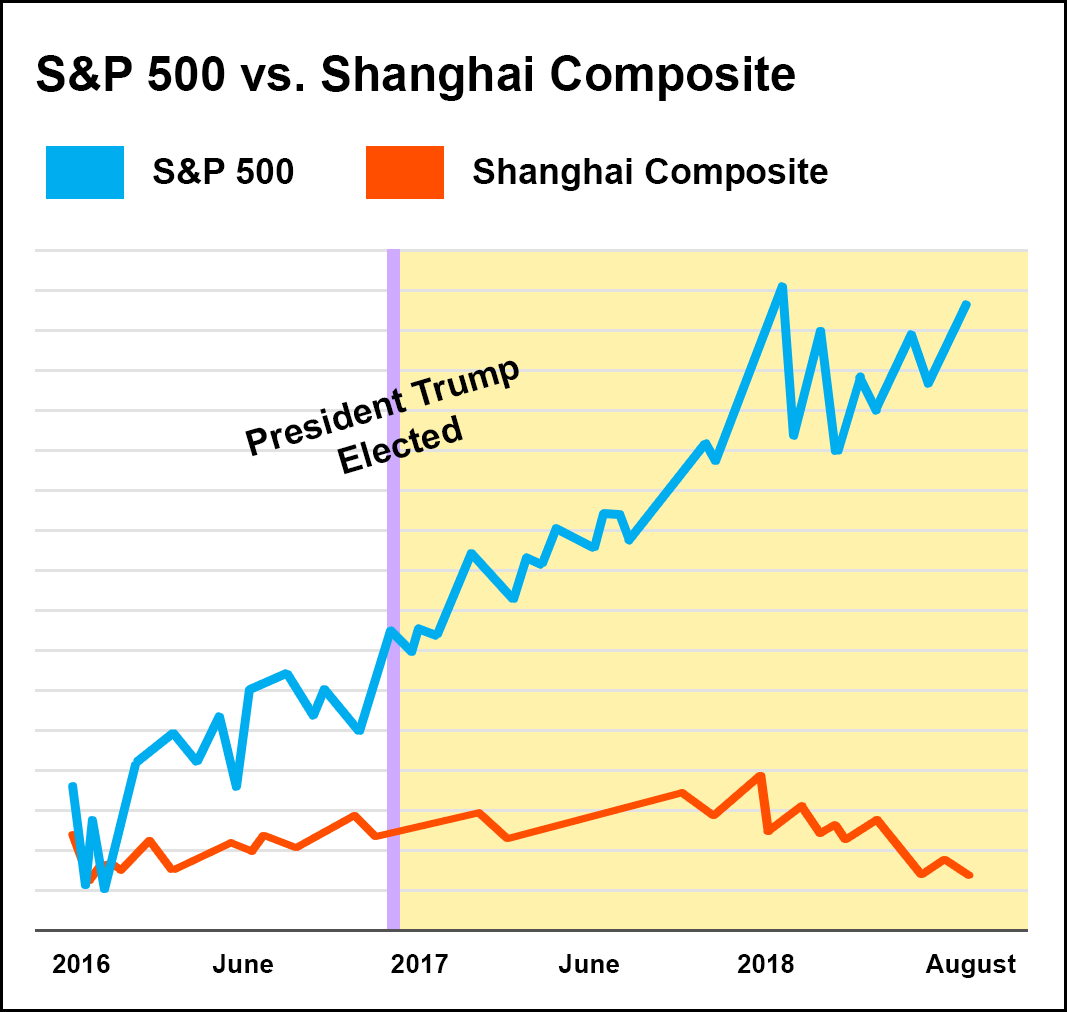China is at it again, escalating the already tense trade landscape by announcing $60 billion in tariffs on imported goods from the United States. The decision to do so came after Donald Trump dropped a $200 billion tariff bombshell on Chinese imports earlier this week:
“China is forced to respond to U.S. unilateralism and trade protectionism, and has no choice but to respond with its own tariffs,” said the Chinese Finance Ministry.
The tariffs will specifically cover a total of 5,207 U.S. imported products – all the way from frozen vegetables to expensive aircraft– and will take effect on September 24th, the same day as Trump’s tariffs.
Up until now, the U.S. has only imposed tariffs on $50 billion worth of Chinese goods, but once the new slew of levies are put into force, a huge burden will be placed upon the Chinese economy – hopefully forcing Beijing to concede some of its ludicrous trade practices that include currency manipulation and intellectual property theft.
China, on the other hand, seems to have targeted a significant source of Trump supporters – rural Americans that are deeply embedded in the agricultural industry. Their new tariffs are focused primarily on agricultural imports, in an attempt to anger one of the president’s key voter demographics.
Trump, unsurprisingly, took exception to that and reacted harshly on Twitter:
“China has openly stated that they are actively trying to impact and change our election by attacking our farmers, ranchers and industrial workers because of their loyalty to me.”
On Monday, Trump warned that any action against American famers would result in “phase three, which is tariffs on approximately $267 billion of additional imports.”
So, seeing as the Chinese have in fact attacked U.S. agriculture, it seems like another even larger series of tariffs are coming down the line.
China, who is trying to play it cool and act like Trump’s tariffs have had no effect on the Chinese economy, stated that Trump’s “hard-hitting” approach will ultimately fail in the face of an “ample fiscal and monetary policy”.
Both sides of the trade war can talk as much as they’d like, but I want to see hard evidence of what’s been going on – specifically, what the major indexes of each country have been doing amidst all this trade commotion.
First, let’s take a look at the tried-and-true S&P 500, dating back to April 2018, when the first tariffs were introduced:

As you can see in the weekly candlestick chart above, the S&P 500 has continued to rise since the tariffs began. Yes, there were significant dips downward some weeks, but overall performance was extremely impressive.
Expert analysts all over the world keep calling for a correction (that hasn’t come yet), but so far, so good.
By comparison, let’s see how the Shanghai Composite Index fared over that same time period:

Ouch! It looks like things haven’t been going so well for the Chinese since the trade war began, despite their government’s guarantee of prosperity amidst the whole ordeal.
As fun as it is to look at the short-term results of the tariff talks, I also want to step back and give you a long-term picture of what’s transpired since Trump took office in this chart compiled by our analysts:

I don’t know about you, but it seems to me that things aren’t necessarily looking up for the Chinese since Trump’s election.
Don’t get me wrong, though – tensions are undoubtedly higher than before now that the tariffs are in play. But according to what we’ve seen, the U.S. stock market couldn’t care less.
In fact, it almost looks the S&P 500 enjoys it! After all, the United States is a country born and bred through the trials of past conflicts.
So, while the Chinese and President Trump continue with their “tit-for-tat” exhibition of increasingly large tariffs, just keep an eye on what’s happening in the markets with the major indexes. As much as Beijing would love to get American investors whipped up into a selling frenzy, it frankly hasn’t happened.
The tariffs are just getting started, but know that as a participant in the largest stock exchange in the world (the NYSE), you have an overwhelming set of data that suggests that your side doesn’t just have an advantage, but so far, it’s easily winning a trade war that could usher in a new era of prosperity like never imagined.








